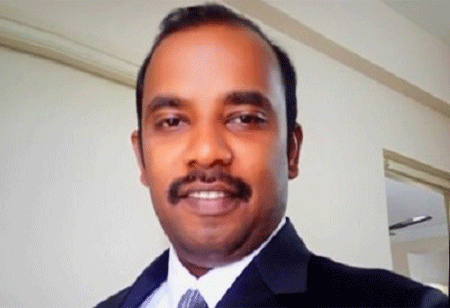
India is the largest provider of affordable and low-cost generic drug products to millions of people around the world. It also operates a significant number of United States Food and Drug Administration (USFDA), World Health Organization (WHO) and Good Manufacturing Practices (GMP) compliant manufacturing units.
A generic drug product is defined as "a drug product that is comparable to the brand product in dosage form, strength, quality and performance characteristics, and intended use". For example paracetamol is the generic name and Calpol / Dolo are branded names. Thus a branded drug product could be replaced by generic drug products to provide same efficacy.
In US, generally one brand product would be available and they would enjoy the benefit of market till the expiry of patent or other exclusivities. Once the generic drug product enters the market, the cost of product would drastically reduce which would benefit the patients directly.
The pharmacists are free to replace the branded drug products with generic versions since they are been approved by USFDA. This is a win-win situation for manufacturing companies who enjoy the patent exclusivities during initial stage, later the benefits are been passed on to patients through generic drug products.
However, the situation in India is extremely different. The Indian pharmaceutical market is swamped with branded pharmaceutical products that are zealously promoted by doctors and pharmacists due to the brand businesses' own benefits. To get premium market share, it is a common practice to have same drug product under various brands. Long-established drugs such as paracetamol tablets are still marketed under several brand names by various companies.
Even in the year 2022, substitution with generic drug product is not a great idea among doctors and pharmacists. The major obstacles to generic product acceptance among Indian consumers are their continuous exposure and the deeply established adaptation to branded pharmaceutical culture.
Apart from that, the lack of rigorous regulatory criteria for the quality of generic version and its permitted impurities is pushing doctors away from prescribing generic products.
On the other hand, low transparency in drug product licencing procedures have expedited the market of low-quality, bogus, and substandard pharmaceuticals. With reference to WHO study, Mashelkar Committee has declared that nearly 30% drugs in Indian market are spurious, substandard, counterfeit drugs. Unfortunately we are experiencing these fate despite the presence of various controlling regulatory bodies. Another roadblock to generic replacement is the medical profession's unwillingness to follow the code of ethics ordered by Medical Council of India (MCI).
In 2002, the MCI released instructions to physicians encouraging them to only prescribe pharmaceuticals to patients by their generic names and not to use branded names. However for a variety of reasons, this is rarely observed in practice. Doctors continue to give their patients branded medications without hesitation. It is been clear that the benefit of profits and strong relationships with these brand owners are difficult to resist.
Doctors are also being hampered by the confusion and impracticality of prescribing the generic names of fixed dose combination (FDC), as most of them comprises between 4 -9 active components. Even if doctor prescribes a generic drug, the pharmacist sells only branded drugs because they are more profitable.
With an intention of making quality medicines available to everyone at an affordable price, the Indian government launched the Pradhan Mantri Bhartiya Janaushadhi Pariyojana (PMBJP) in 2008. However the number of retail outlets for these initiatives is far lower than the number of retail medical shops in India making access to affordable high-quality generic medication items difficult for the patients.
Fixing the drawbacks and moving forward with the execution require strict strategies and careful planning. The government has to concentrate more on to the implementation of global standards in regulations. It also has to adhere meticulously to the monitoring systems which would effectively align the drug manufacturing and the drug distribution systems to a common goal.
Based on recent understanding, government is working in this direction to restructure CDSCO (Central Drugs Standard Control Organisation) to speed up the process of approvals, spur innovation and the ease of doing business. The government must also improve the manpower and financial strength of regulatory agencies to strengthen this reform and ensure the quality of pharmaceuticals.
Doctors, pharmacists, and patients will have more faith in generic drugs if the quality is assured in every levels of its cycle. Manufacturers will undoubtedly be more eager to invest their finances in domestic pharma production if tax reliefs and incentives are introduced for their research and development sectors.
By adapting effective and sustainable technology and methods, entrepreneurs can assure cost effective generic medicines. Above all, we require public awareness campaigns and programmes to inform and educate the people about their fundamental rights to access high-quality medicine.
We use cookies to ensure you get the best experience on our website. Read more...